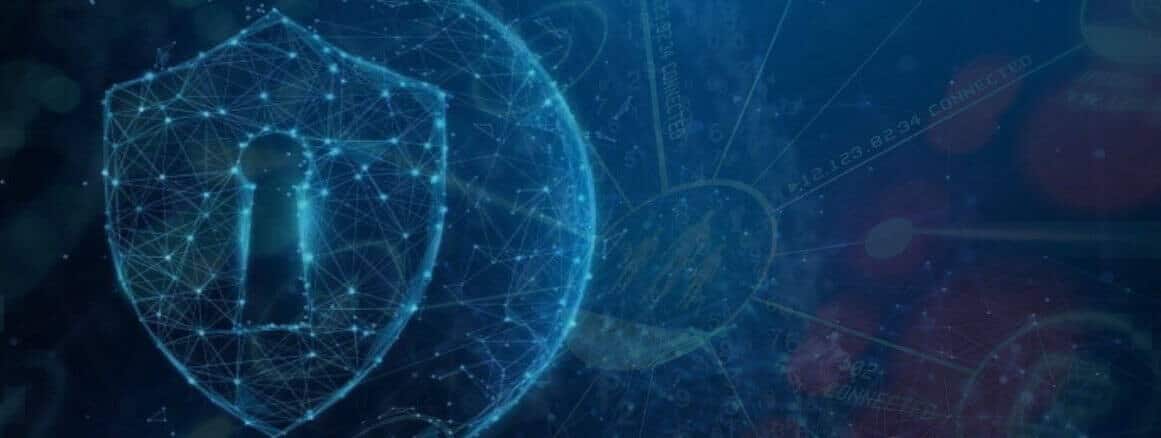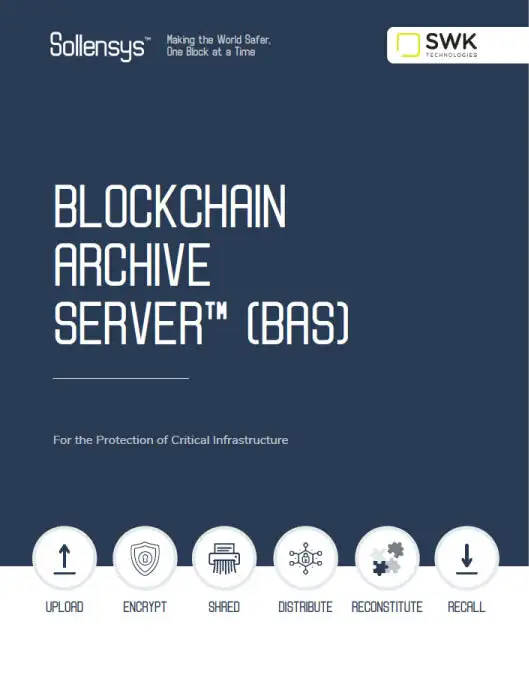
Overcome Anything
Resilience – Powered by Sollensys™
Blockchain x2
Introducing the next level of cybersecurity, brought to you by SWK Technologies – double blockchain. When your data is distributed among nodes in a peer-to-peer network, in lieu of a centralized computer, and encrypted, the ability of the hacker to corrupt the data is near-impossible. Add another layer, where the “key” to access the data is also distributed. Now you have a double blockchain technology that backs up your data and ensures that the data you retrieve in case of an attack is immutable. IMMUTABLE. Ensuring that, in case of an intrusion, you can retrieve your data quickly and that the quality of that data is unquestionably, 100% valid.
The value is blockchain technology for cybersecurity is immense. The value of a double blockchain is immeasurable.
Ready for the great news? Our double blockchain technology data archival solution is available to small, mid-sized and small enterprise businesses, and it’s more affordable than you might imagine.


Download our white paper
Blockchain Archive Server™ (BAS): For the Protection of Critical Infrastructure
True Resilience
It gets better. True resilience is more than just about an immutable data retrieval solution. It’s about a state of mind — and peace of mind – in knowing that in the ultimate worse-case scenario, you will not be denied regaining full control of your business, you and your organization will be back up and running with absolute confidence that your data is 100% intact. You will have peace of mind knowing that your customers will continue to be served with the high value and level of satisfaction they have come to expect from you. You will have peace of mind knowing that you remain compliant with government regulations and will be able to answer regulators with the utmost confidence.
“99.999999% Guaranteed to preserve and deliver a 100% immutable copy of your critical data on-demand.”
Blockchain is here, and its value is undeniable.
